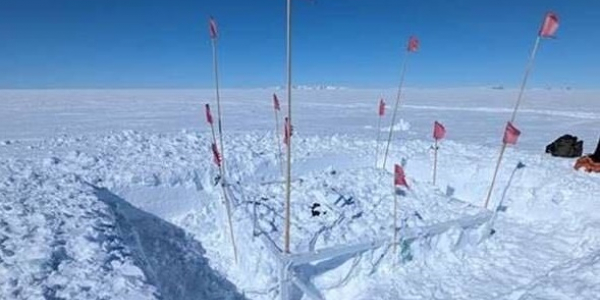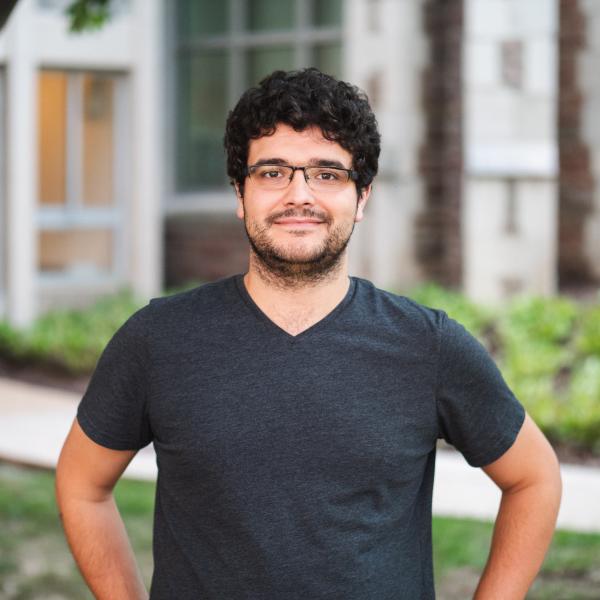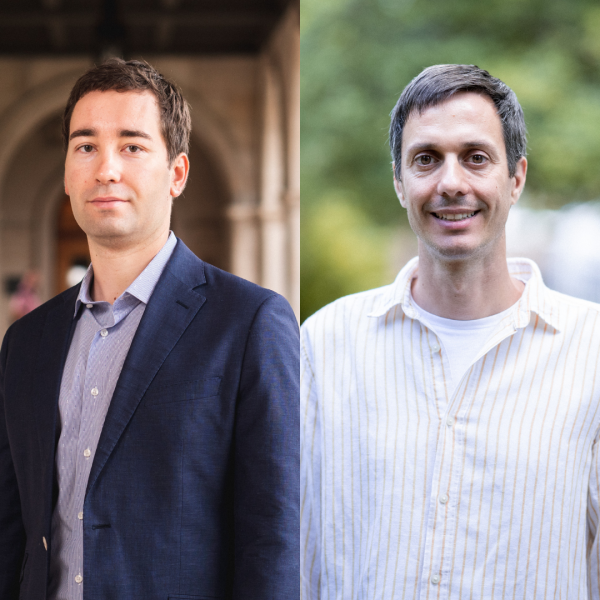After four years with the instrument encased in snow, the SuperTIGER "Rescue Rangers" were finally able to send it home this year.
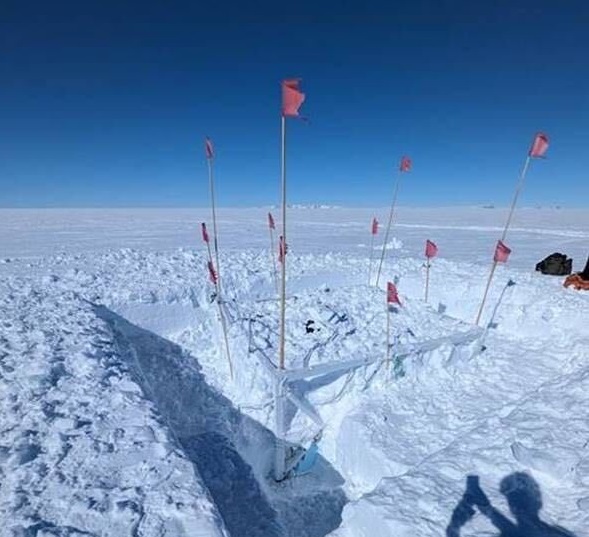
During the 2019-2020 Antarctic ballooning season, SuperTIGER-2.3 spent over 32 days soaring at altitudes of close to 130,000 feet while averaging approximately 121,000 feet. Its primary objective was to gather data to help pinpoint the origins of heavy elements like gold and barium. It circled the continent twice before landing about 489 miles from McMurdo Station.
The Super Trans-Iron Galactic Element Recorder (SuperTIGER) is a NASA stratospheric balloon-borne payload for the measurement of ultra-heavy Galactic cosmic rays (UHGCR). SuperTIGER-2 builds on the heritage of SuperTIGER-1 flown from Williams Field in 2012, and last flew from McMurdo Station, Antarctica from December 14, 2019 to January 17, 2020. SuperTIGER-2 is a large-area instrument capable of measuring cosmic rays from zinc to barium, achieving individual-element resolution and high statistical precision over the charge range of Z=10 to 40 and exploratory measurements through Z=56 (barium). These measurements enable the testing of models of the origin of galactic cosmic rays and sites of heavy element r-process nucleosynthesis. SuperTIGER was developed by a collaboration of scientists from Washington University (PI Institution), Goddard Space Flight Center, Caltech/JPL, and the University of Minnesota, and is funded by NASA.
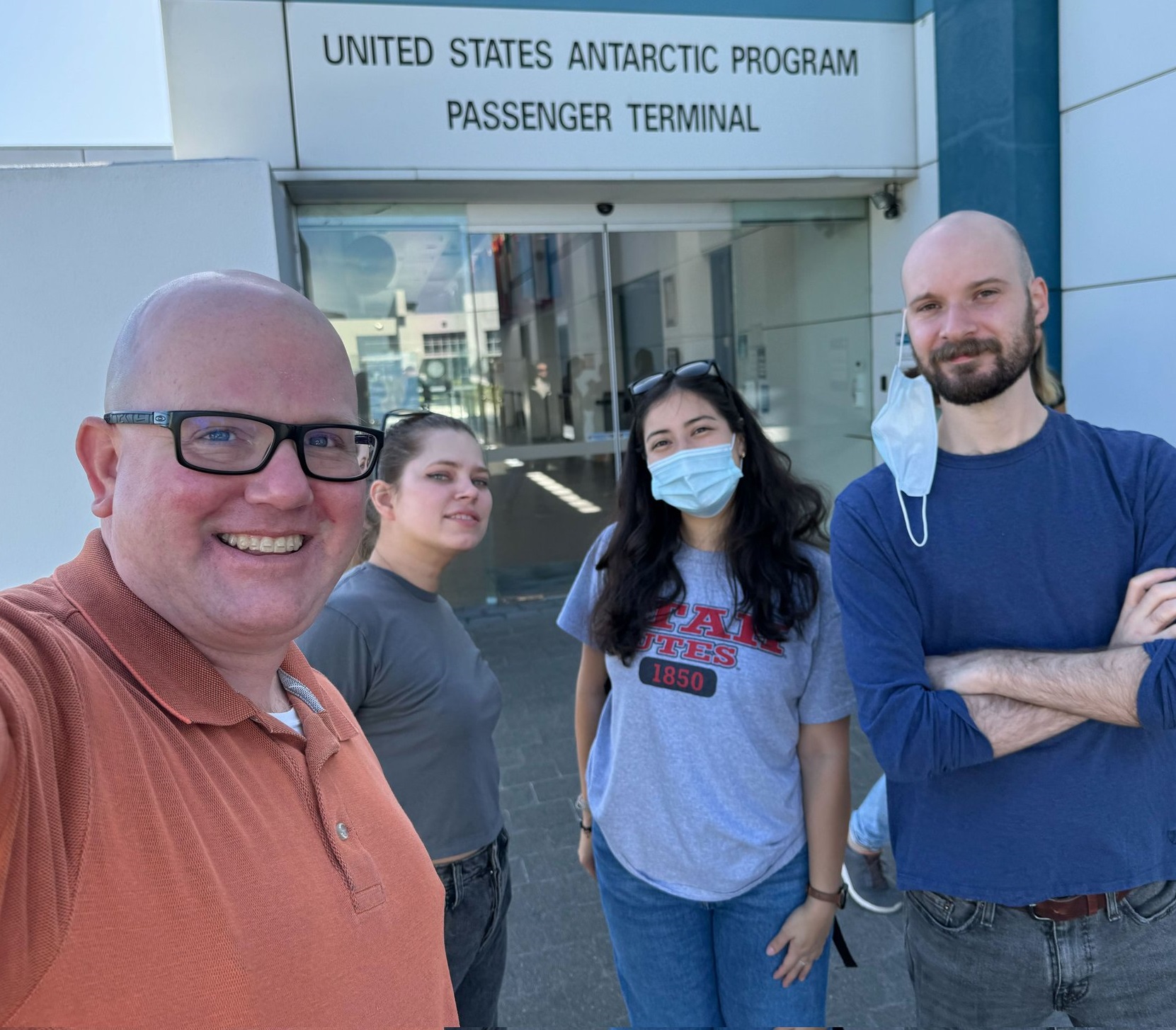
High priority equipment recovery took place on January 22, 2020. Unfortunately, as the scientific ballooning season concluded in Antarctica, the majority of the equipment had to be left behind. Flight computers were recovered on November 5, 2021, but most of the payload remained to be recovered and was heavily drifted in.
After a long delay caused primarily by COVID disruptions, a group led by Research Associate Professor Brian Rauch, and accompanied by graduate students Lindsey Lisalda, Nicole Rodriguez Cavero and Jonah Hoffman, all from the Department of Physics at Washington University in St. Louis and the McDonnell Center for the Space Sciences, headed back down to Antarctica in December 2023 for another attempt to secure the instrument.
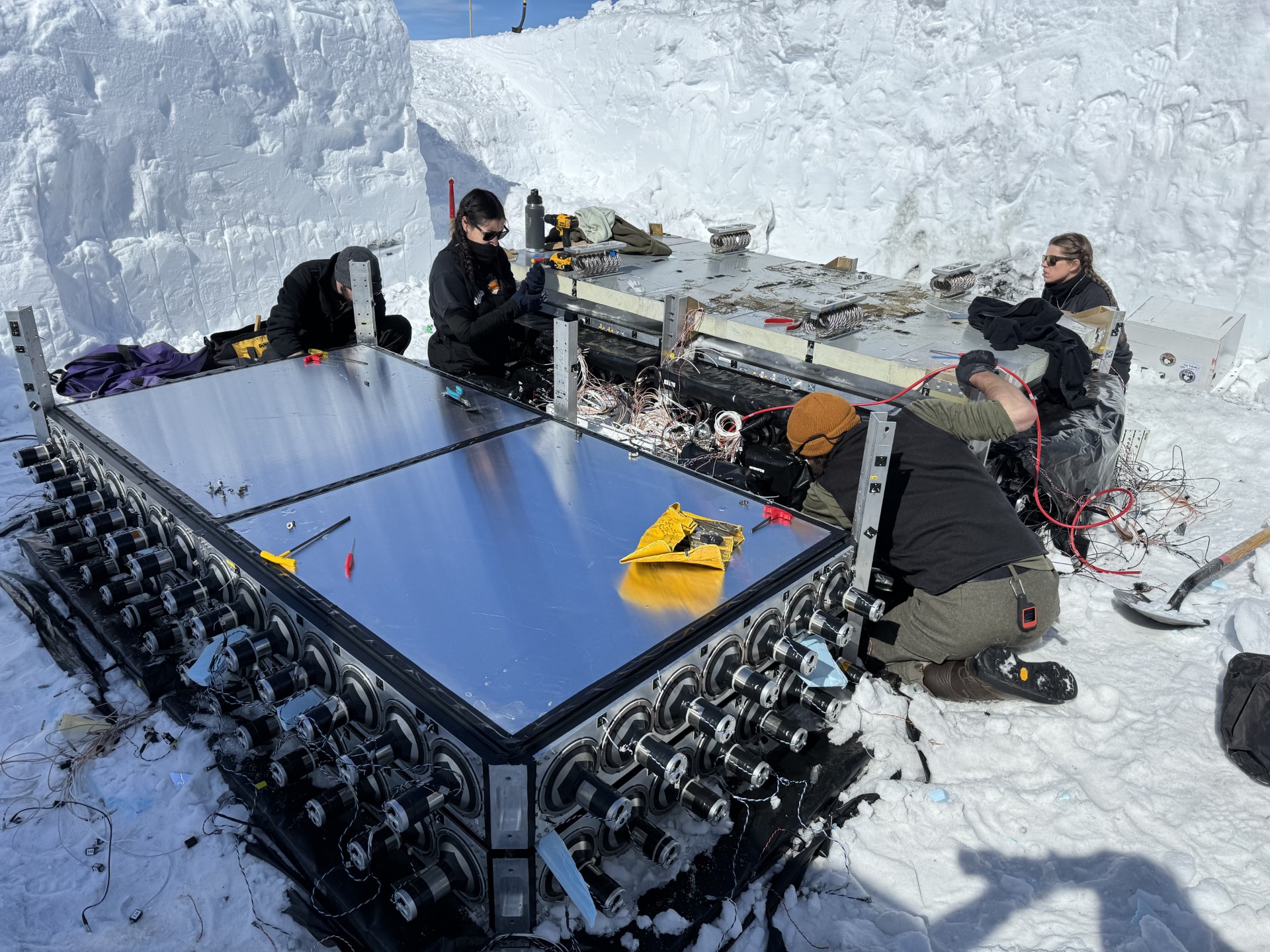
In early January, the team, self-dubbed the "Rescue Rangers," flew out to the site where SuperTIGER had been buried under snow for the last several years. The United States Antarctic Program (USAP) personnel excavated the payload from the snow with chainsaws. The Washington University group helped the groom team to carefully dismantle the equipment and a Basler plane transported the disassembled components back to McMurdo Station.
At McMurdo, the WashU team packed up all the equipment and got it ready for its shipment back to St. Louis. Jonah Hoffman traveled back to St. Louis, while Brain Rauch, Lindsey Lisalda, and Nicole Rodriguez Cavero flew on to Palestine, Texas. They are working with Henric Krawczynski, professor of physics, as part of his XL-Calibur team to prepare it for its upcoming launch this summer from Esrange in Sweden.
Although there are no plans for the balloon-borne SuperTIGER to fly in Antarctica again, the all-new TIGERISS (Trans-Iron Galactic Element Recorder for the International Space Station) will be the successor planned to go on the International Space Station in 2026.


